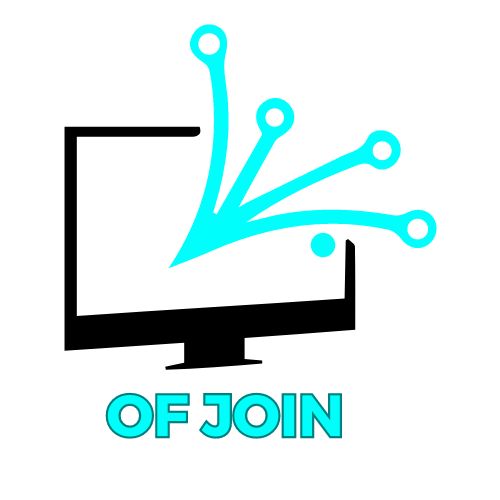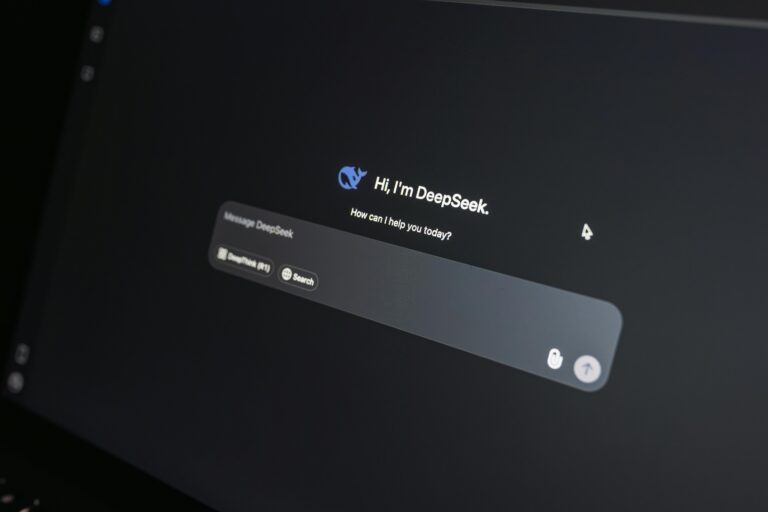Low-Code, No-Code: Is This the End of Traditional Development?
For decades, software development has been the domain of trained coders fluent in complex programming languages. But in recent years, a new wave of tools—low-code and no-code platforms—has begun to reshape that landscape. These platforms promise to democratize app creation, letting anyone from marketing managers to small business owners build digital solutions without writing a single line of code. As adoption accelerates, a growing question looms: are we witnessing the end of traditional development?
What Are Low-Code and No-Code Platforms?
Low-code platforms provide a visual interface for building applications, where developers can drag and drop components, configure workflows, and customize logic with minimal hand-coding. No-code platforms take this even further, eliminating the need for coding entirely by offering templates and pre-built modules anyone can use.
Popular platforms like Airtable, Bubble, Zapier, and Microsoft Power Apps have made it easier than ever for non-technical users to build tools that used to require developer support. Want to launch a custom CRM for your sales team? Automate invoice workflows? Create a simple mobile app? Low-code/no-code tools make these tasks achievable within hours—not weeks or months.
Empowering a New Wave of Creators
One of the most transformative aspects of this movement is accessibility. Traditional development often comes with high costs, long timelines, and the need for skilled personnel. But low-code and no-code platforms open the door for entrepreneurs, freelancers, and department heads to solve their own problems—fast.
This self-service approach fuels innovation at all levels. Instead of waiting for IT approval or budget cycles, teams can prototype, test, and iterate on their own solutions. As a result, businesses become more agile, responsive, and able to meet evolving customer needs.
Does This Mean Developers Are Obsolete?
Not quite. While low-code and no-code platforms reduce the need for deep technical skills in many scenarios, they aren’t a wholesale replacement for software engineers. Complex systems, advanced integrations, and large-scale applications still require the architectural expertise, performance tuning, and scalability planning that only experienced developers can provide.
In fact, many developers now use low-code tools to speed up mundane tasks—freeing their time for more strategic work. Rather than building every element from scratch, they can focus on optimizing core features, improving system security, or driving innovation. It’s not the end of coding—it’s a shift in how and when code is used.
The Limits and Risks
As with any technology, there are trade-offs. Low-code and no-code tools can lead to fragmented tech stacks if not carefully managed. Shadow IT—apps built outside the purview of a company’s IT department—can pose security risks, introduce data silos, and complicate compliance efforts.
Additionally, customization has its limits. While these platforms are powerful, they can become restrictive when unique or complex logic is required. Many businesses eventually “outgrow” their no-code solution and must rebuild from scratch on a traditional stack.
A New Era of Collaboration
One of the most exciting outcomes of the low-code/no-code movement is a new kind of collaboration. Instead of working in silos, business users and developers can now co-create. Business users bring insight into what needs to be built; developers bring expertise on how to scale and secure it.
This convergence fosters faster delivery, fewer miscommunications, and ultimately, better software. Gartner predicts that by 2026, over 75% of large enterprises will be using at least four low-code platforms to support IT and business initiatives.
Low-code and no-code platforms are not about replacing developers—they’re about expanding who gets to build. They signal a future where creating digital solutions isn’t limited to engineers, but open to anyone with a vision and a problem to solve.
Rather than spelling the end of traditional development, they point to a new chapter: one where speed, inclusivity, and collaboration define how software gets made. For businesses ready to embrace the shift, the possibilities are wide open.







